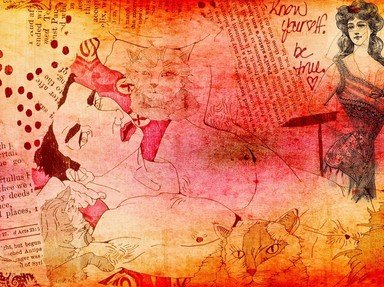
Matching Crafts Trivia Quiz
When you take up a new craft as a hobby, the terminology can be confusing. To help with that, match the terms on the left with the crafts that use them on the right, after which you might decide which one you'd like to try.
A matching quiz
by spanishliz.
Estimated time: 4 mins.
- Home
- »
- Quizzes
- »
- Hobbies Trivia
- »
- Crafts